How Are Secondary Colors Made
Co-ordinate to colour theory, there are mainly iii types of secondary colors that are formed by mixing equal quantities of ii primary colors.
In other words, they tin be made with the purest course of each primary color.
Colors play a huge role in art.
Each color, whatever the type it is, has a meaning and conveys different feelings.
For example, the blue color is used to bear witness a calming outcome whereas a strong cerise color is used to depict feelings of honey and enthusiasm.
The interaction of colors is very important to understand because non all colors work well together.
If an creative person uses colors in his/her paintings harmoniously, he/she can create spectacular results.
For case, cherry and yellow make orangish, xanthous and blue make green, and blue and red combine to make purple.
Hence, orangish, green, and purple go secondary colors.
The shades of primary colors play an important function in determining their hue of them.
The shade of royal that we get from mixing cadmium ruby-red and cobalt blueish is different from the royal that nosotros get from mixing cadmium red and cerulean blue.
All these colors can be combined accordingly using an of import art tool known as the colour cycle.
With the help of the color wheel, you lot can go to know graphically how different colors can collaborate with each other.
In today's guide, we volition talk almost these colors – what are they, what the main types are, and how they are important in fine art.
Plus, you lot will too come to know what the secondary colors of light are and how they tin can be mixed to make intermediate colors.
Allow's get started!
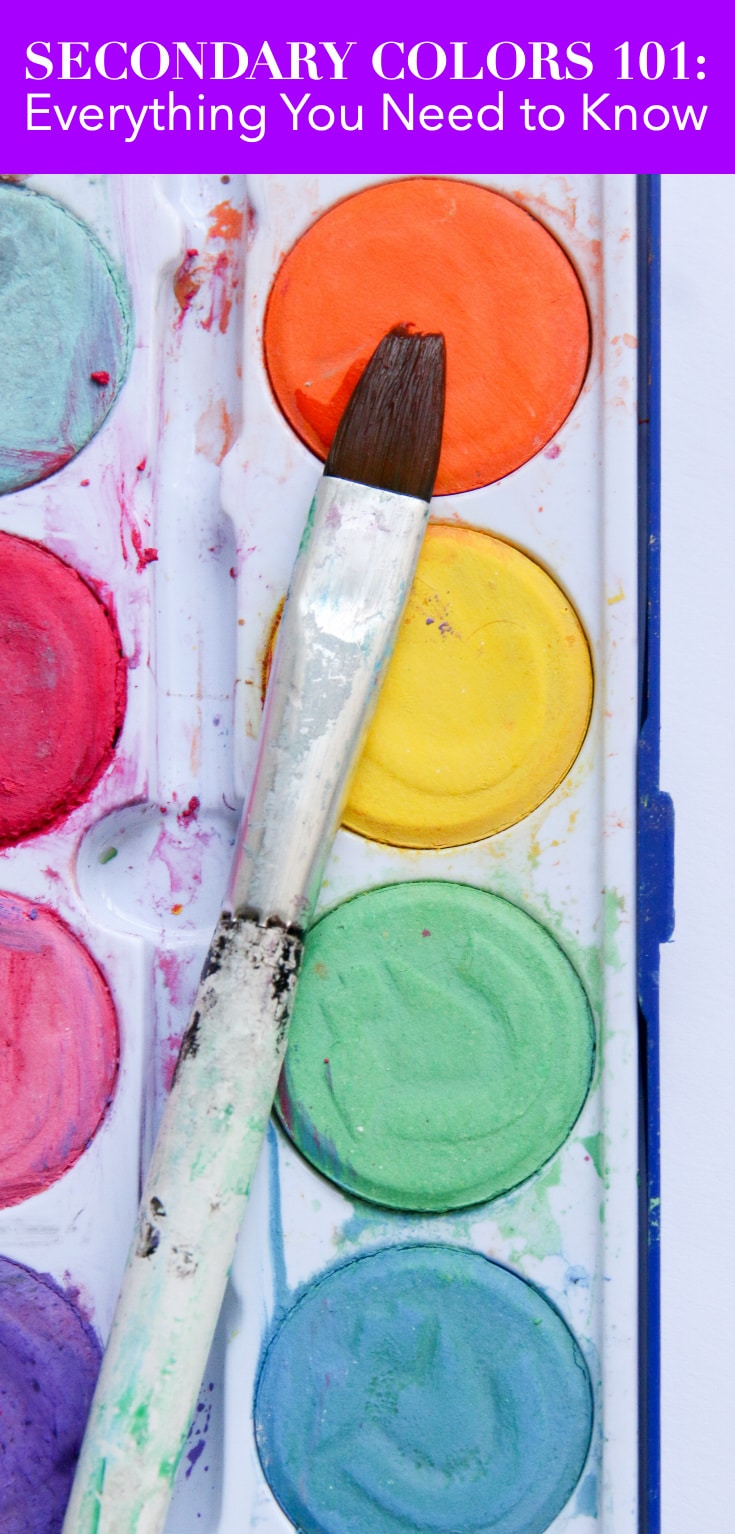
Types of colors
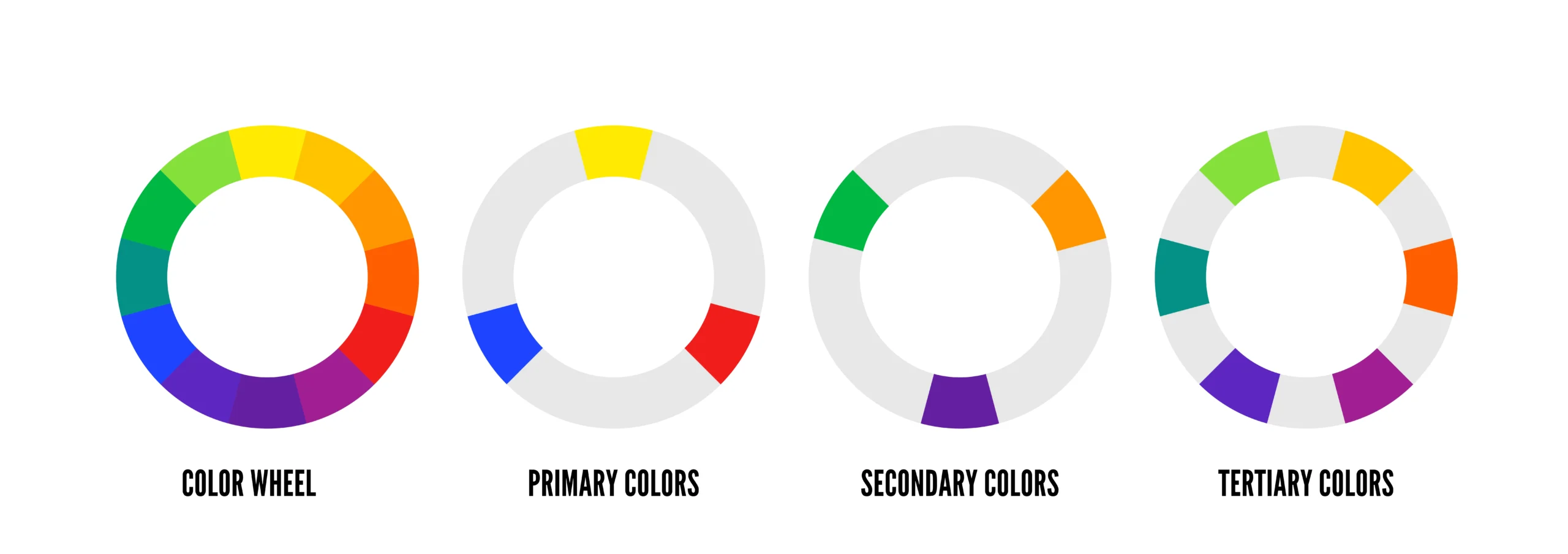
Principal, secondary, and tertiary are unlike types of colors.
What are the primary colors?
There are three principal colors.
The iii primary colors are cherry-red, blue, and yellow.
What are the secondary colors?
Secondary colors are fabricated from primary colors.
The different colors are purple, green, and orange.
Ruby-red and blue make purple.
Blue and yellow make green.
Carmine and yellow make orange.
Secondary colors are easy to spot on any basic color wheel.
They are in between the primary colors.
What are the tertiary colors?
3rd colors are a combination of primary and secondary colors.
An instance of a tertiary color scheme is blue-green, bluish-violet, red-orange, yellowish-greenish, etc.
How many types of secondary colors are at that place?
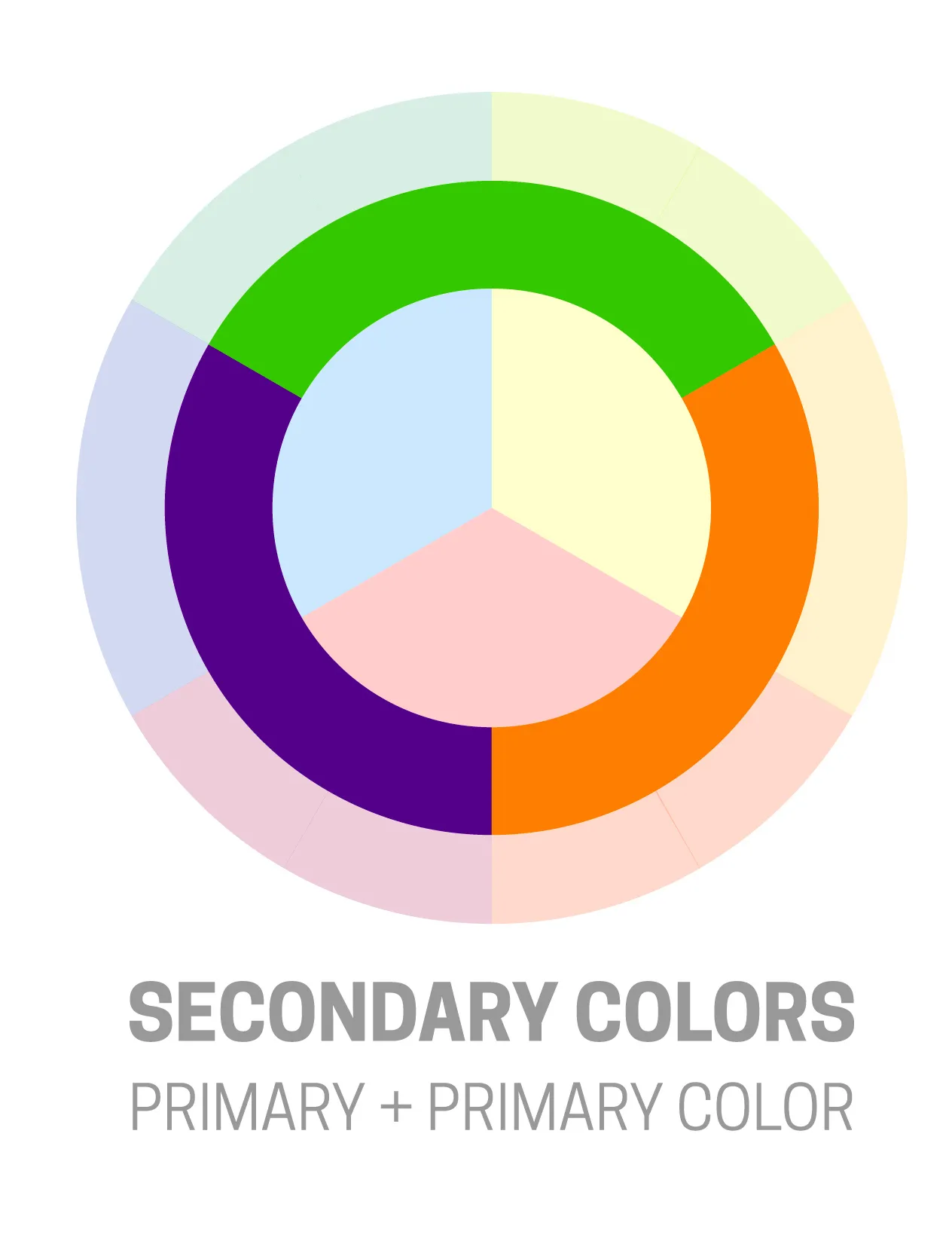
We often hear that if an artist wants to get brilliance in painting, he must use a combination of primary, secondary, and tertiary colors.
It is quite true!
Colour is a powerful and important design element that tin can merely enhance your art.
If an artist learns to use it effectively, he/she can create warmth, elegance, and free energy in the artwork.
If we talk virtually secondary colors, they are everywhere then are master and tertiary colors.
Then, what are they?
There are 3 types – orange, purple, and light-green.
All these three colors can exist obtained when you mix two primary colors.
Principal colors also have three types which are combined with i some other to form them.
These colors (primary colors) are non made from any other colour and include red, xanthous, and blue.
These iii colors are mixed in equal ratios to form iii types.
For case, yellow and red combine to form orangish, red, and blue combine to make imperial, and bluish and yellow are added together to make the green color.
Yellow + Blood-red = Orange 
Ruby-red + Blue = Purple 
Blueish + Xanthous = Green 
Notation: When a primary color is mixed with a secondary color, a tertiary color is obtained.
What are the secondary colors in art?
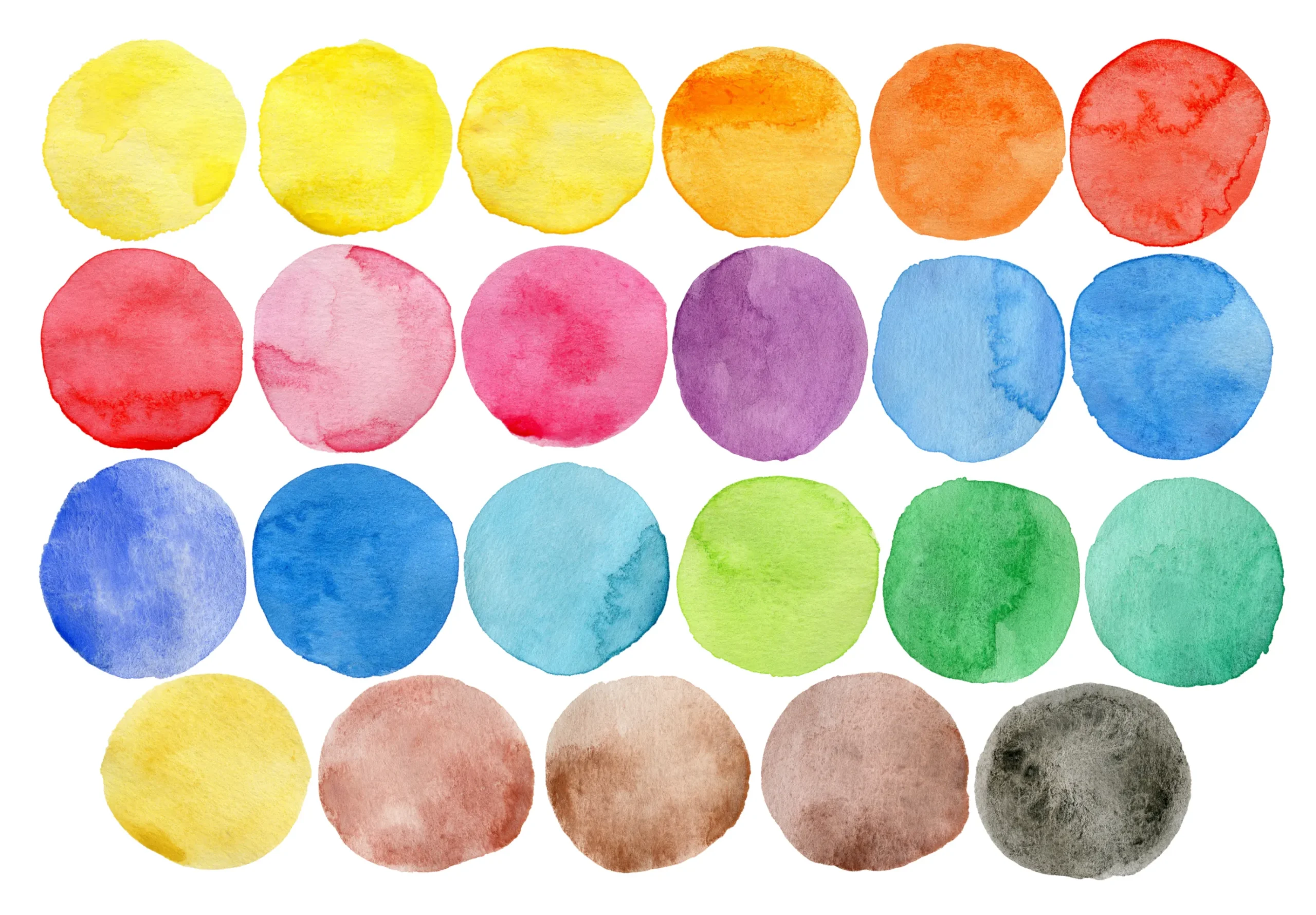
The world is total of colors. There is, in fact, a multitude of colors in our daily life.
Equally an artist, if you want to capture the colors in your paintings, you just need to know how they are fabricated.
Every color, except primary colors (red, blue, and xanthous), is a combination of a few bones colors that are added and mixed in different ways.
Secondary colors are no unlike at all.
Various amounts of master colors are mixed, along with black and white, to create these colors.
Annotation: White, black, and greyness are not truthful colors.
They are said to exist achromatic or neutral colors.
Whatsoever the chief colors you utilize, their ratio determines the final value.
Let's suppose you lot are going to mix ruby-red and yellow to make the orange color.
If you lot add more parts of red and less role of yellow, yous will get an orange color but more carmine in shade.
Similarly, if you add together more quantity of yellow and less quantity of reddish, a yellowish-cherry-red shade will be achieved.
On the other hand, condiment and subtractive secondary colors are produced past combining two other additive and subtractive principal colors respectively.
Additive colors are yellow, magenta, and cyan.
They can be obtained past mixing condiment chief colors (such every bit scarlet, blue, and light-green).
Similarly, subtractive colors are orange, green, and purple/violet and you lot tin get them by mixing subtractive primary colors (crimson, blue, and dark-green).
What are 3 secondary colors?
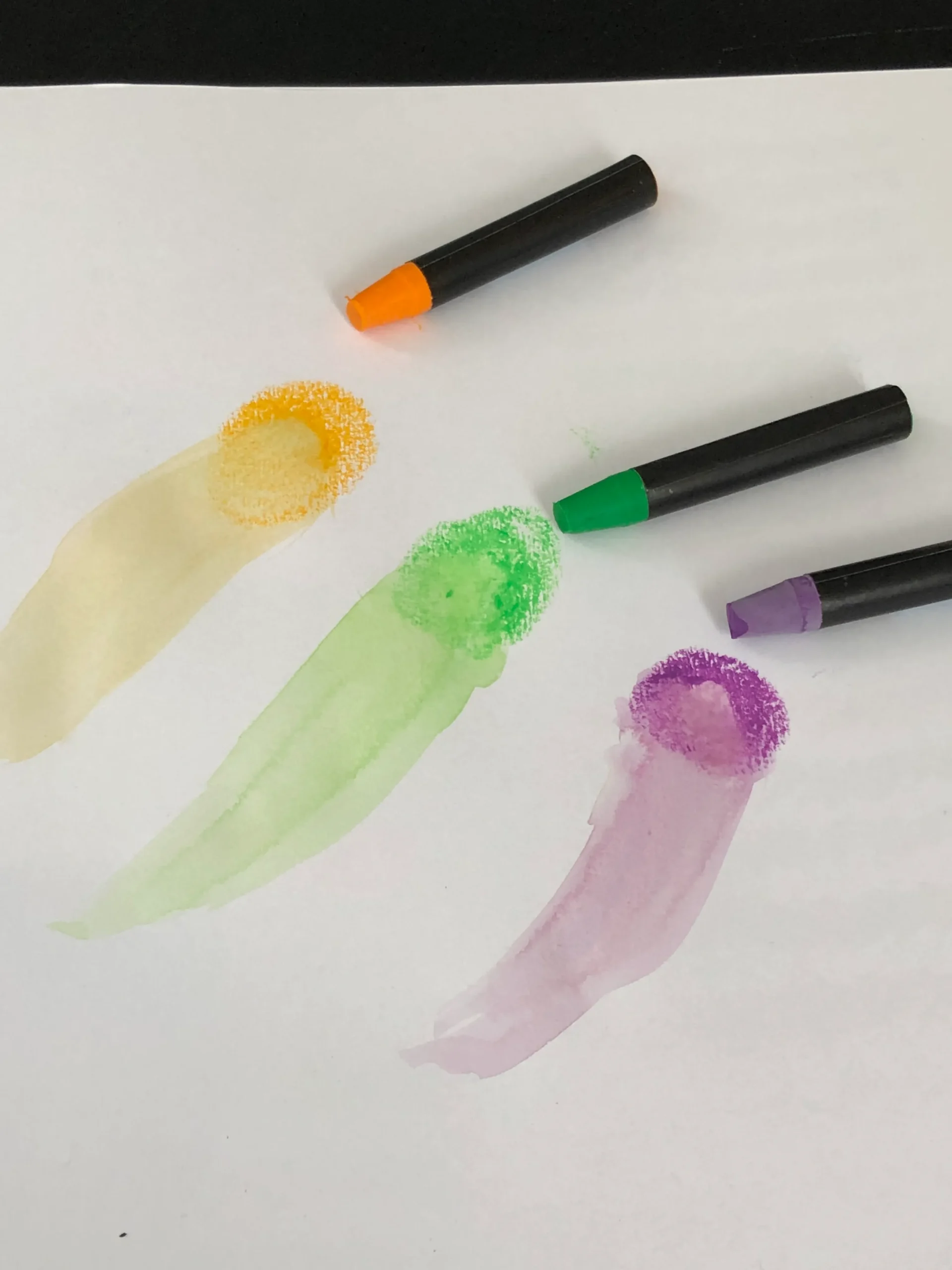
They are said to be children of principal colors. These include:
- Orange
- Green
- Majestic
Usually, it is non necessary to buy these colors separately as you can get them by mixing three basic primary colors.
Only keep in mind that yous should have a proficient set of chief colors with yous so the mixing of these colors can give you a good set of them.
Near artists prefer to purchase at least one pure orange, ane pure dark-green, and one pure purple before getting on to paint.
They are of the view that sometimes information technology becomes a lengthy task to mix primary colors to get secondary colors.
Any approach you choose, yous must first conspicuously know the departure between the primary and secondary colors and how primary colors are mixed together to get a perfect shade of secondary colors.
Plus, you should as well make yourself familiar with your paint palette before you start panting.
Moreover, information technology is better to go for some mixing tests before applying the paints to the final painting.
What are the secondary colors of lite?
When the green light is added with red light, xanthous (Y) light is produced.
When green and blue light are mixed together, cyan light is produced.
And blueish light and blood-red light are added together to create magenta (M) calorie-free.
Hence, xanthous, cyan, and magenta become the secondary colors of light.
Ruby + Light-green = Yellow 
Green + Blue = Cyan 
Blueish + Red = Magenta 
These three secondary colors of light can merely be accomplished if two primary colors of calorie-free are added in equal quantities.
Understanding the simple principles of secondary colors of light are important for artists to enchant the viewer.
How can secondary colors be mixed to brand intermediate colors?

When the secondary colors such equally light-green, regal, and orangish are mixed in different amounts, intermediate colors are produced.
It is a bully color mixing technique that tin but beautify your paintings in a unique way.
In this technique, the additive primary colors are mixed with adjacent secondary colors to go a range of intermediate colors.
For case, by mixing the secondary colors, you can get yellowish-dark-green, yellowish-orange, or reddish-orangish.
In brusque, intermediate colors can exist used to create a new dimension to your artwork!
Is pink a secondary color?
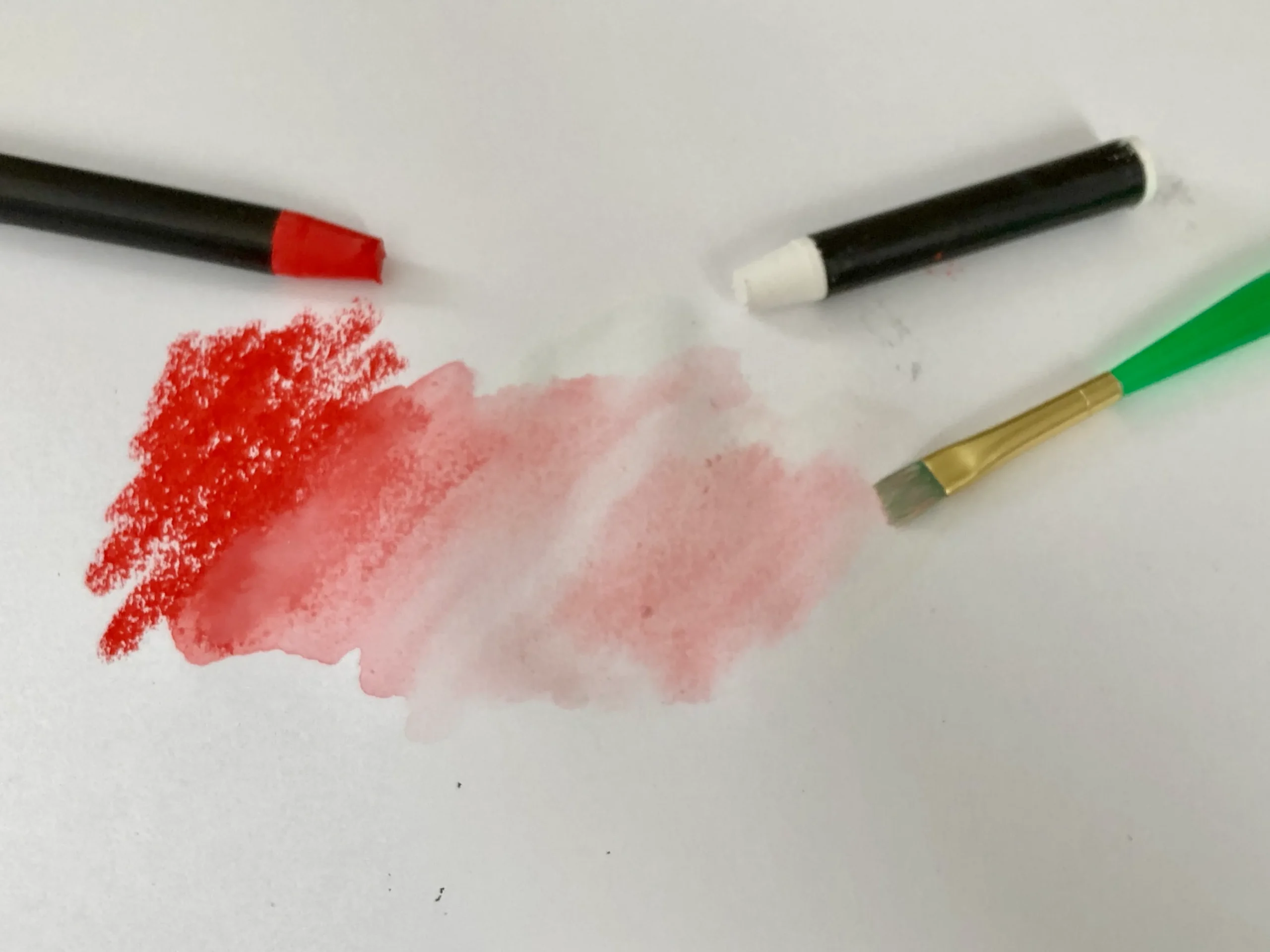
Pinkish is not a secondary colour.
It is a tint of ruby, which is a primary color.
Pink is a lighter hue of magenta or cherry-red, and it is not a pigment color.
Is brown a secondary color?
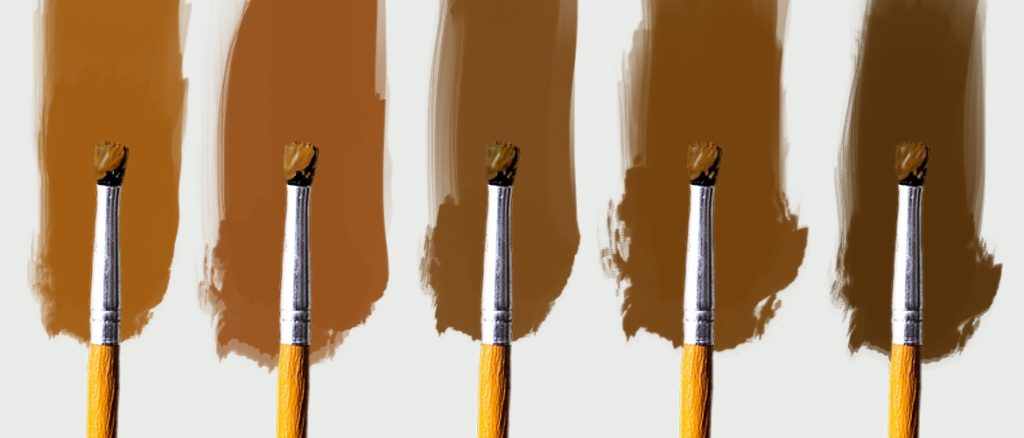
A neutral chocolate-brown color is not a secondary color.
Different types of colors can brand brown.
It is a color that y'all can make by mixing all main colors.
You can besides mix brown by combining complementary colors.
There are more ways how to mix dark-brown.
Decision
The art of combining colors using the colour bike is known as the color theory.
Color theory has a huge role in determining the relationship between colors and the physiological furnishings of color combinations.
In art and design, colors are widely used by artists to create a message, evoke a sure emotion, or go a abrupt response from the viewer.
Ruby, yellow, and blue are primary colors.
These master colors can exist mixed together to get secondary colors.
This is the foundation of the colour wheel.
Each secondary colour tin can also be considered as the complement of the master color.
Want to requite a unique definition to your paintings?
Mix chief colors in such a way that you lot can bring out different hues of secondary colors!
So, now you accept come to know everything well-nigh secondary colors.
There is no need to look anymore. Play with colors to create amazing shades of secondary colors in your artwork!
Question of the Day: What type of colors tin bring a new dimension to your fine art?
How Are Secondary Colors Made,
Source: https://jaejohns.com/secondary-colors/
Posted by: rathcatill.blogspot.com


0 Response to "How Are Secondary Colors Made"
Post a Comment